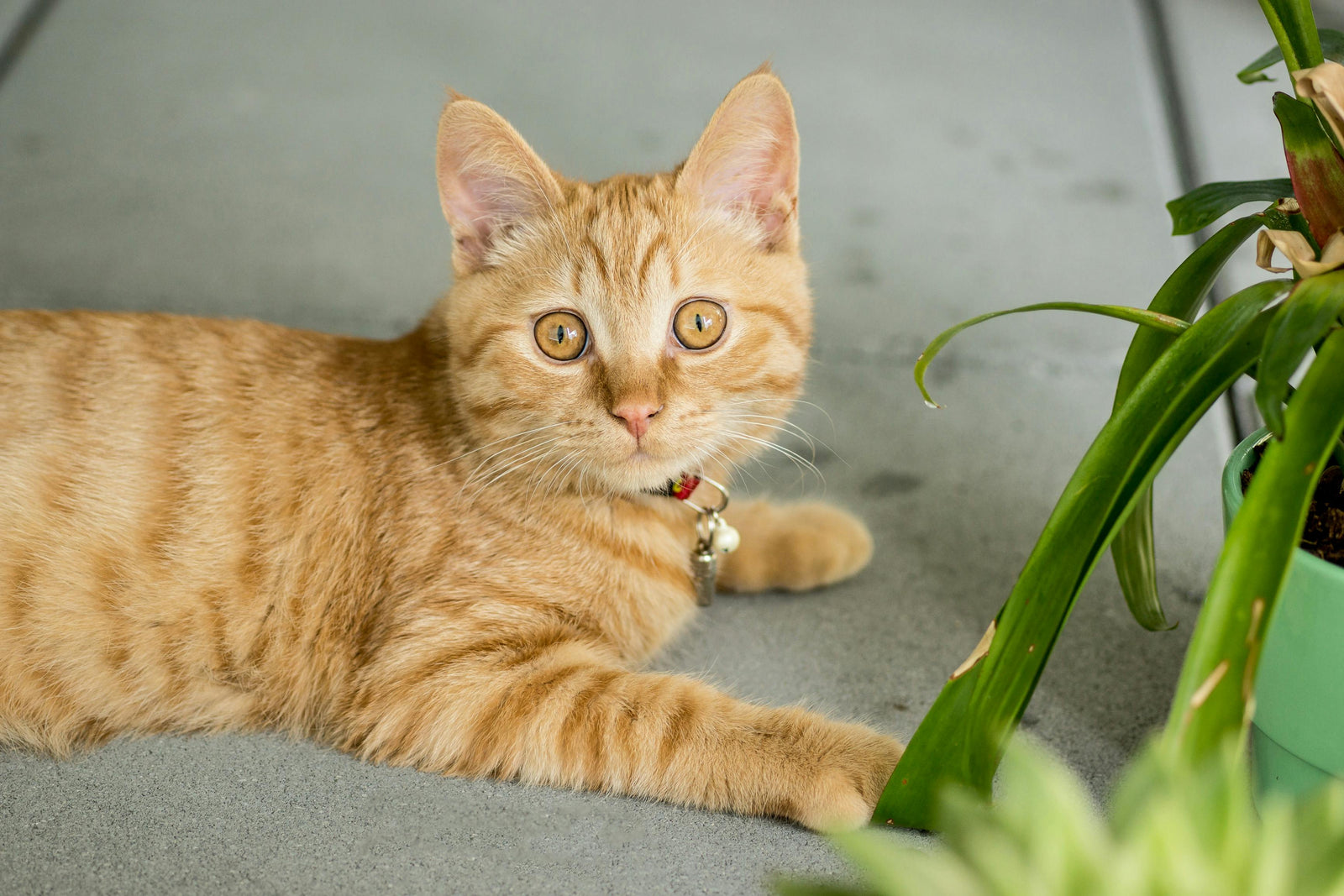In this Article
Introduction: Fresh Air Matters for Everyone
Air quality is not only essential for humans but also for our furry companions. Cats, with their sensitive respiratory systems and habit of spending most of their time indoors, are especially affected by pollutants, stale air, and low humidity. Whether they’re lounging on the window sill, chasing dust particles in a sunbeam, or napping in their favorite corner, cats deserve to breathe clean, fresh air. Improving indoor air quality is one of the most loving things you can do for your pet’s well-being.
In this article, we’ll look at how cat-safe plants can naturally refresh your home, why ventilation and humidity are key to comfort, and which habits to avoid for the sake of your feline’s lungs.
🌱 Cat-Safe Houseplants That Clean the Air
Houseplants are natural air filters. NASA’s famous Clean Air Study once showed how certain plants can absorb toxins, produce oxygen, and improve humidity levels. However, many common plants (like lilies, philodendrons, or aloe vera) are toxic to cats. The good news? There are safe alternatives that not only green up your living space but also help purify the air.

Here are a few cat-friendly options:
-
Areca Palm (Dypsis lutescens)
Often called the “butterfly palm,” this elegant plant is not only non-toxic to cats but also highly effective at humidifying the air. Its long, graceful leaves act like natural air scrubbers, removing carbon dioxide and adding a fresh tropical vibe to your room. -
Spider Plant (Chlorophytum comosum)
One of the most resilient and beginner-friendly plants, the spider plant is safe for cats (though some cats like to chew on the long leaves, so keep it slightly out of reach). It’s known for filtering pollutants such as formaldehyde and xylene, often present in furniture or cleaning products. -
Parlor Palm (Chamaedorea elegans)
This small, shade-loving palm is perfect for apartments and thrives in indirect light. It’s safe for pets and helps improve air circulation by gently increasing oxygen levels in smaller spaces. -
Bamboo Palm (Chamaedorea seifrizii)
Another excellent cat-safe palm, bamboo palm adds elegance while tackling airborne toxins. It’s been shown to be particularly effective against benzene and trichloroethylene.
Tip: Always check the ASPCA list of toxic and non-toxic plants before bringing a new green friend into your home.
💨 Ventilation and Humidity: A Breath of Fresh Air
Clean air isn’t just about plants—it’s also about circulation. Stale air builds up dust, odors, and pollutants, which can irritate your cat’s lungs.
- Ventilate daily: Open windows whenever possible, even for just 10 minutes. Fresh air reduces indoor pollutants, balances oxygen levels, and helps your cat feel more energized. If you live in a polluted area, consider using air purifiers with HEPA filters.
- Maintain proper humidity: Cats (and humans) feel best in a home where the humidity level is between 30–50%. In winter, heating systems can make the air uncomfortably dry, leading to itchy skin and irritated respiratory tracts. A cool-mist humidifier is a safe way to restore balance. Bonus: plants like the Areca Palm will help, too!
- Regular cleaning: Vacuum carpets, curtains, and cat furniture weekly. Cats shed dander and fur, which quickly add to airborne particles. A vacuum with a HEPA filter is especially useful.

🚭 Avoid Smoke and Chemicals
Cats are far more sensitive to airborne toxins than we are. Even mild exposure to smoke or chemical fumes can irritate their lungs and lead to long-term health problems.
- No smoking indoors: Tobacco smoke clings to walls, fabrics, and fur, exposing cats to harmful particles long after the cigarette is gone. Studies show that cats living in smoking households are more likely to develop respiratory conditions and even certain cancers.
- Skip aerosols and strong cleaners: Air fresheners, perfumes, and cleaning sprays may smell pleasant to us but are overwhelming for cats. Their noses are much more sensitive, and inhaling these chemicals can cause sneezing, watery eyes, or worse.
- Vacuum over scented sprays: Instead of masking odors with chemical sprays, regular vacuuming and washing cat bedding is healthier and more effective. Natural cleaning solutions (like vinegar and baking soda) are safer alternatives.
🐾 Why This Matters: A Healthier, Happier Cat
A cat’s environment directly affects its health. Good air quality means fewer sneezes, less irritation, and better energy levels. Over time, investing in clean air habits can reduce the risk of chronic conditions like asthma or bronchitis in cats.
Simple changes—choosing safe plants, opening windows daily, maintaining humidity, and eliminating smoke—create a calmer, healthier space for both you and your feline friend.
✅ Conclusion: Small Steps, Big Difference
Indoor air quality might not be the first thing you think of when caring for your cat, but it makes a huge difference in their comfort and long-term health. With the right plants, proper ventilation, and a smoke-free environment, you’ll create a sanctuary where your cat can thrive.
So next time your kitty sits by the window, paws tapping against the glass, you’ll know they’re enjoying not just the view—but also the fresh, clean air you’ve worked to provide.
💬 Your Turn
Do you have any cat-safe plants at home? Or maybe a favorite trick for keeping the air fresh? Share your experience in the comments below—we’d love to hear your ideas!


